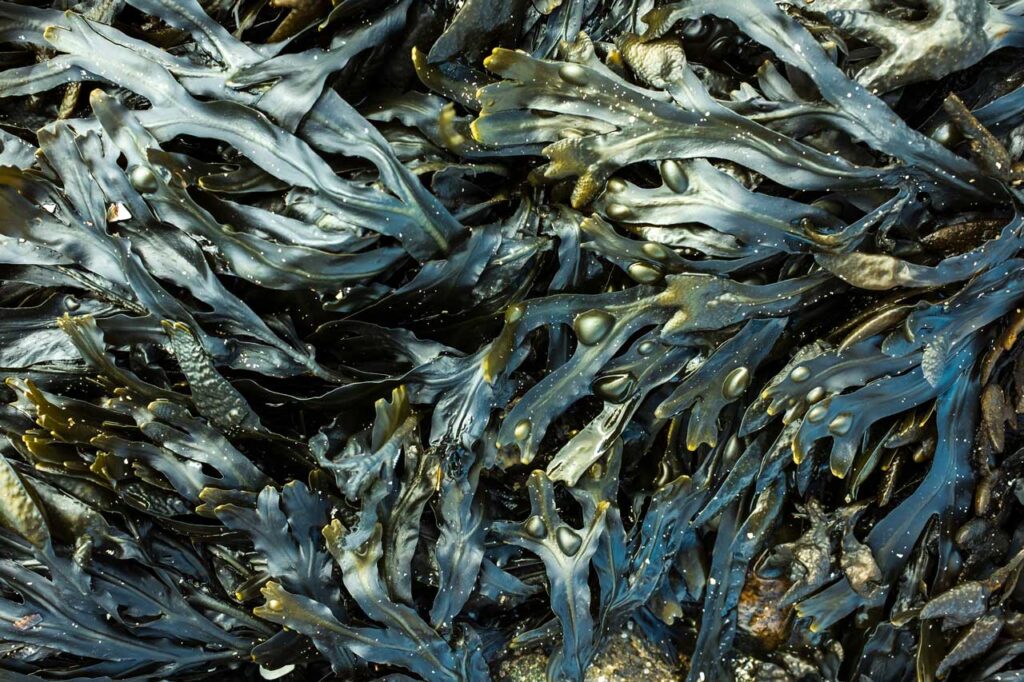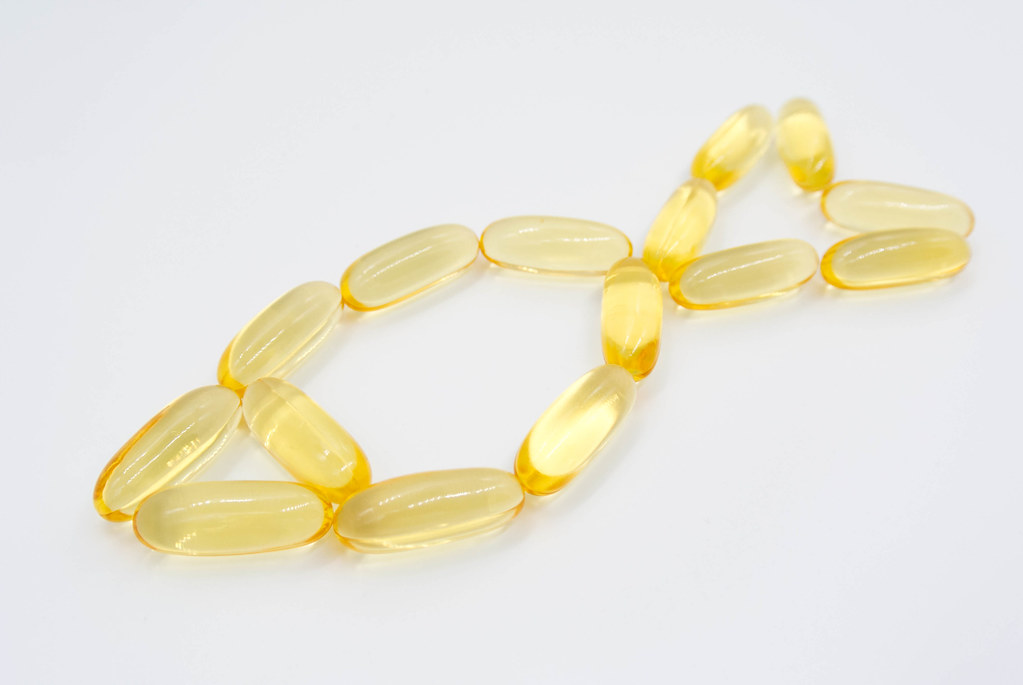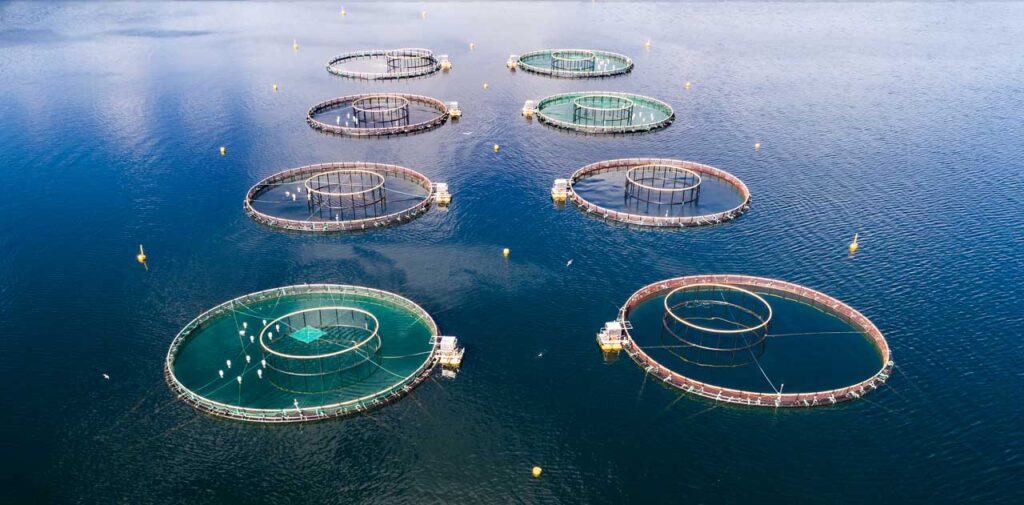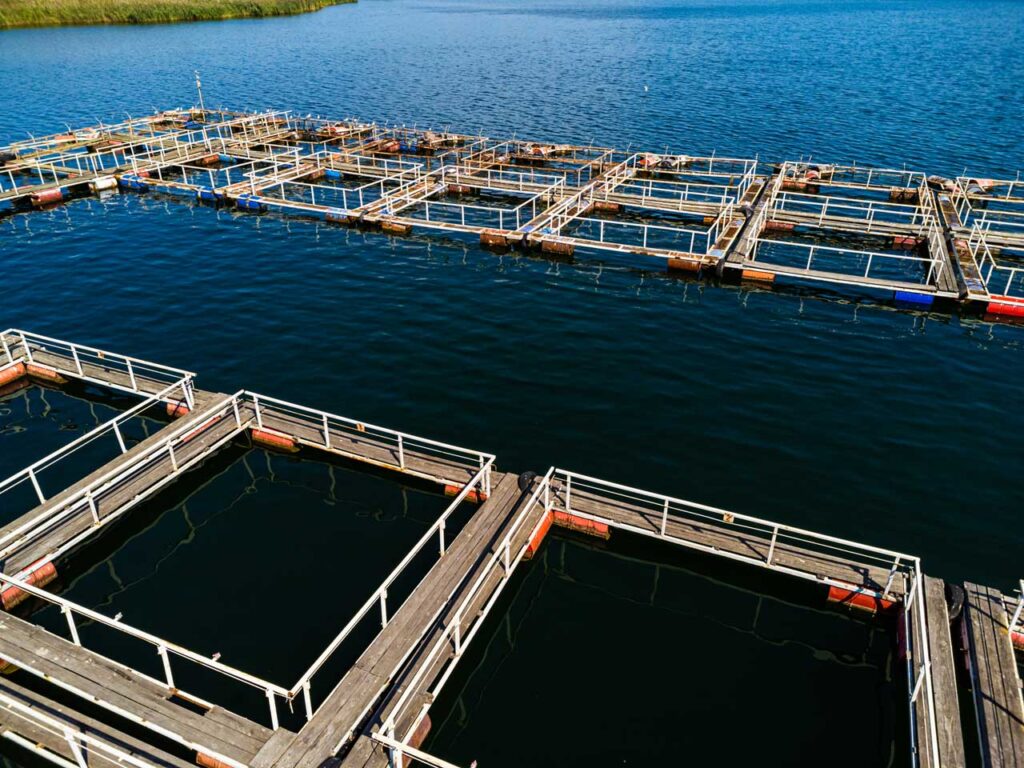Pharmaceuticals sector

Marine living resources are a well-documented source of promising bioactive ingredients. Chitosan, saponins, triterpenes (including squalene), astaxanthin, hydrolysed collagen, lipids and a whole range of peptides are just a few examples of the ingredients of great interest to the pharmaceuticals sector, all with considerable bioactivities, such as anti-tumour, antibacterial, anticoagulant, antioxidant and anti-immunoinflammatory properties found in abundance in residues from fish and shellfish processing plants.
The U.S Food and Drug Administration (FDA) asserts that, as a class of drugs, peptides are increasingly important in medicine. It defines a peptide therapeutic as a chain of amino acids containing 40 amino acids or less and regulates them as small molecules (U.S Food and Drug Administration, 2019). Peptides can occur naturally in a living organism or can be produced in a laboratory through chemical synthesis or recombinant DNA technology using other living systems. However, the manufacturing of generic peptide drug products that are equivalent to their brand-name counterparts (fundamental to ensure a wider public access to medication) is expensive and struggles with impurities which may be inadvertently introduced during the production process and which may affect a proposed generic drug’s safety profile (U.S Food and Drug Administration, 2019). There are currently only approximately 100 peptide drug products marketed in the U.S., Europe and Japan; these are expensive and not always available to the wider public. The sector requires new, natural and pure molecules in sufficient amounts. This will require large amounts of the source material and relatively low-cost extraction methods to ensure that the end product is both effective and financially accessible to the general public.






Responses